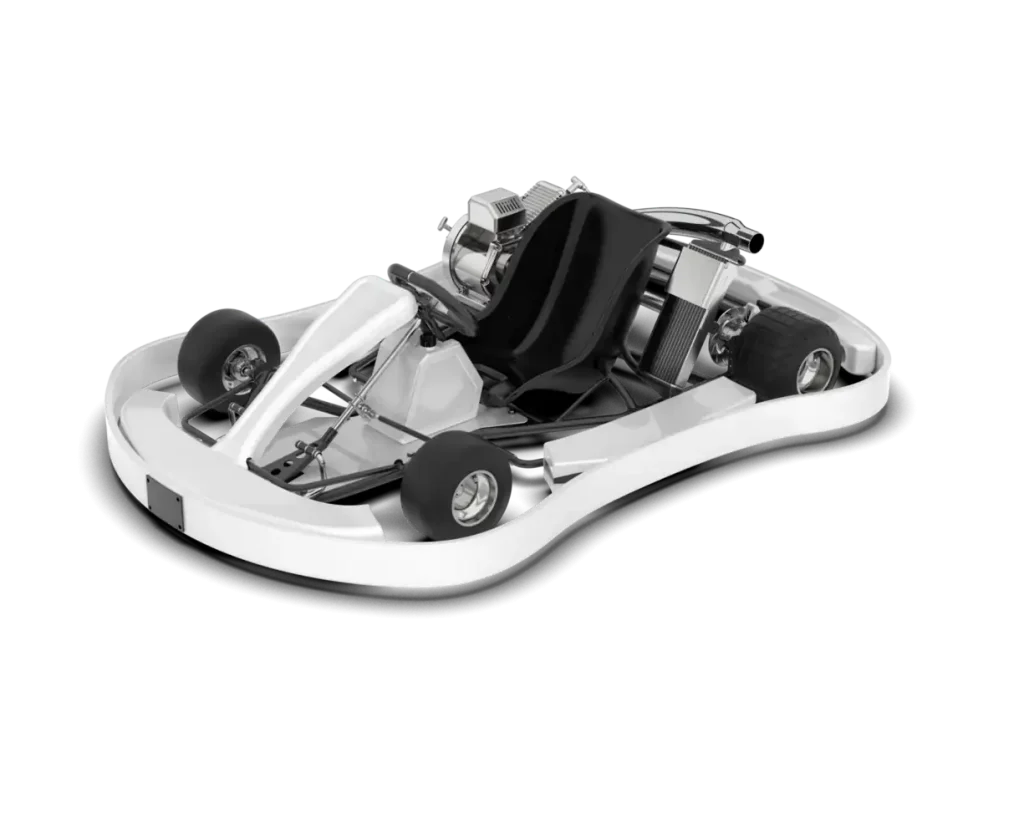Mastering Kart Motor Tuning Basics for Peak Performance
Are you ready to unlock the hidden potential of your go-kart engine? Whether you’re a weekend racer or an aspiring pro, understanding kart motor tuning basics is the key to shaving precious seconds off your lap times and maximizing throttle response around every corner. In this guide, we’ll dive into the foundational principles of performance tuning, demystify technical jargon, and provide hands-on tips that even a novice can apply. You’ll discover why proper engine tuning not only boosts horsepower but also extends the life of critical components. With careful adjustments to your carburetor, ignition timing, and exhaust system, you can achieve a smoother powerband, quicker acceleration, and more consistent lap after lap. Let’s rev that engine and get started!
Understanding the Importance of Kart Motor Tuning Basics
Kart motor tuning basics lay the groundwork for a reliable and competitive setup. An untuned engine may deliver inconsistent power, suffer from fuel starvation, or even overheat under race conditions. By mastering the fundamentals—air-fuel mixture, spark timing, and exhaust flow—you’ll transform your kart from a backyard go-round to a track-ready machine. Beyond raw speed, fine-tuning improves fuel efficiency and reduces wear on internal parts, making maintenance intervals longer and more predictable. In this section, we’ll explore why each aspect of engine tuning matters and how it contributes to overall performance gains.
Essential Components of a Kart Engine
Carburetor and Air-Fuel Mixture
The carburetor governs the air-fuel ratio, directly influencing power output and throttle response. A lean mixture (too much air) can cause detonation and engine damage, while a rich mixture (too much fuel) leads to sluggish performance and fouled plugs. Learning how to adjust the main jet, pilot jet, and needle position is crucial. Small incremental changes and test runs will help you zero in on the optimal setting for your track conditions.
Ignition Timing and Spark Advance
Proper ignition timing ensures the spark plug fires at the ideal moment to maximize combustion efficiency. Advance your timing to boost low-end torque, but beware of pre-ignition or “knock.” Retarding the spark can prevent overheating on hot days but may sacrifice some top-end power. A quality timing light and a clear timing chart specific to your engine model are invaluable tools for accurate adjustments.
Exhaust System and Back-Pressure
The exhaust plays a vital role in scavenging spent gases from the combustion chamber. A well-designed header and silencer combination reduces back-pressure, improving mid-range power delivery. Shorter headers favor high RPM performance, while longer, tuned pipes can enhance low-end torque. Balancing noise regulations with performance goals will guide your exhaust setup decisions.
Step-by-Step Guide to Kart Motor Tuning Basics
1. Preparing Your Kart for Tuning
- Clean or replace the air filter to ensure unrestricted airflow.
- Inspect spark plug condition and gap to guarantee a strong spark.
- Check engine mounting bolts and chassis alignment for consistency.
Starting with a clean, mechanically sound kart prevents false readings during tune-up. Consistency in your baseline setup is critical for comparing adjustments.
2. Adjusting Carburetor Settings
Begin with the manufacturer’s recommended jet sizes, then conduct progressive tweaks. Increase main jet size to enrich the mixture if you experience lean hunting at high RPM. Conversely, decrease pilot jet size to tighten low-end performance if idling feels sluggish. Document each change to track your progress and revert if needed.
3. Optimizing Ignition Timing
Use a dial gauge and timing light to set the base timing mark. Advance or retard in small increments (e.g., 1° at a time) while monitoring cylinder head temperature and exhaust sound. Record temperature readings with an infrared gun to prevent overheating and maintain engine longevity.
4. Fine-Tuning Exhaust and Intake
Experiment with different header lengths or add a performance exhaust insert if permitted by your racing class. Swapping to a higher-flow intake manifold can also improve throttle response. Always run back-to-back comparisons on a dynamic dyno or during practice sessions to validate gains.
Common Challenges and Troubleshooting
Fuel Delivery Issues
Symptoms like stumbling off the line or surging mid-corner often indicate fuel starvation. Check fuel lines for blockages, verify tank venting, and ensure the carb bowl remains full under lateral g-loads. Upgrading to a high-flow fuel pump can solve persistent delivery problems.
Overheating and Temperature Control
High engine temperatures can lead to power loss and internal damage. Inspect cooling shrouds and consider upgrading to a larger radiator or fan. Adding thermal head wraps and using quality racing oil with high heat stability will further protect your engine.
Vibration and Engine Wear
Excessive vibration damages engine mounts and internal components. Balance the crankshaft and replace worn bearings to minimize oscillations. Keep track of hours on your powerband; proactive part replacement reduces costly breakdowns mid-season.
Real-World Example: A Kart Tuning Case Study
Baseline Performance Metrics
During initial testing at Riverside Kart Circuit, a stock 125cc engine produced 18.5 hp at 10,500 RPM and recorded lap times averaging 56.2 seconds. Throttle response felt dull off-corner, and top-end pull tapered above 11,000 RPM.
Tuning Adjustments Made
- Swapped to a 138 main jet and 48 pilot jet on the carburetor.
- Advanced ignition timing by 2° for improved mid-range torque.
- Installed a performance header and high-flow reed valve block.
Results and Takeaways
Post-tuning, peak output climbed to 20.1 hp at 10,800 RPM with lap times dropping to 54.8 seconds—a 1.4-second improvement per lap. The engine felt more responsive off the line and maintained a broader powerband through the rev range.
Additional Resources for Kart Motor Enthusiasts
- Kart Racing Forum – Community discussions on engine tuning and chassis setup.
- Performance Parts Store – Quality carburetors, headers, and ignition upgrades.
- Engine Diagrams & Manuals – Downloadable guides for popular kart engine models.
Your Next Tune-Up Awaits
Now that you’ve mastered these kart motor tuning basics, it’s time to put theory into action. Grab your toolkit, hit the track, and start experimenting with precise adjustments. Remember to keep detailed records of each change and respect safety guidelines at all times. Share your results with the community, and don’t hesitate to ask questions or provide feedback below—your next personal best is just a few tweaks away! Ready to transform your kart’s performance? Let’s make every lap count.

